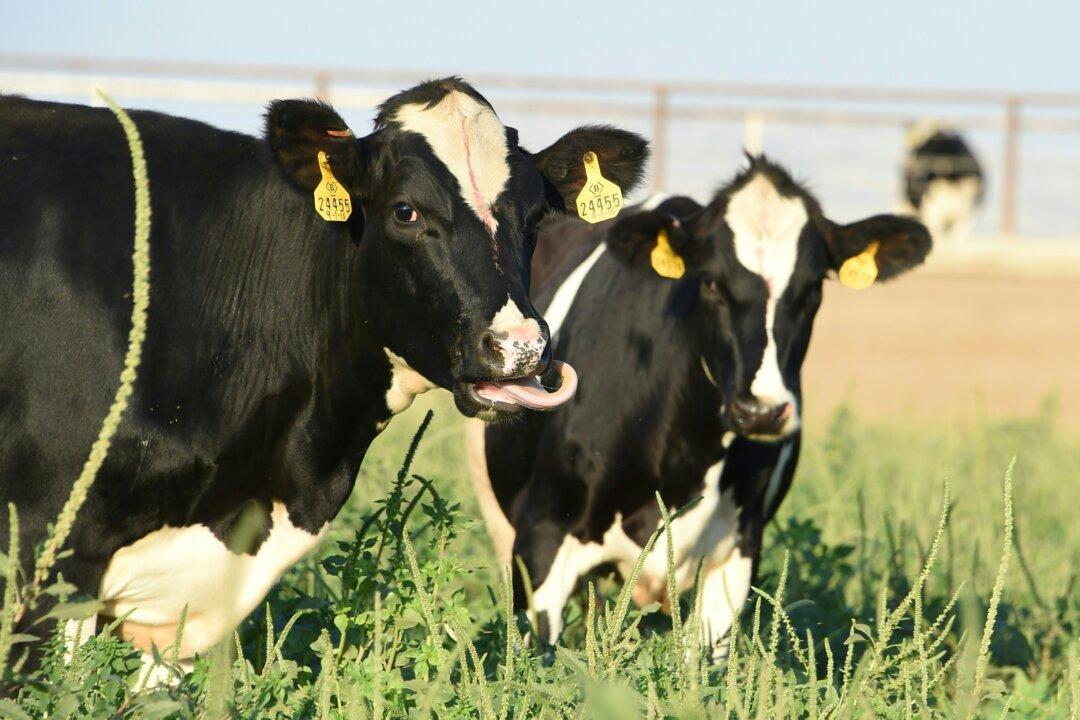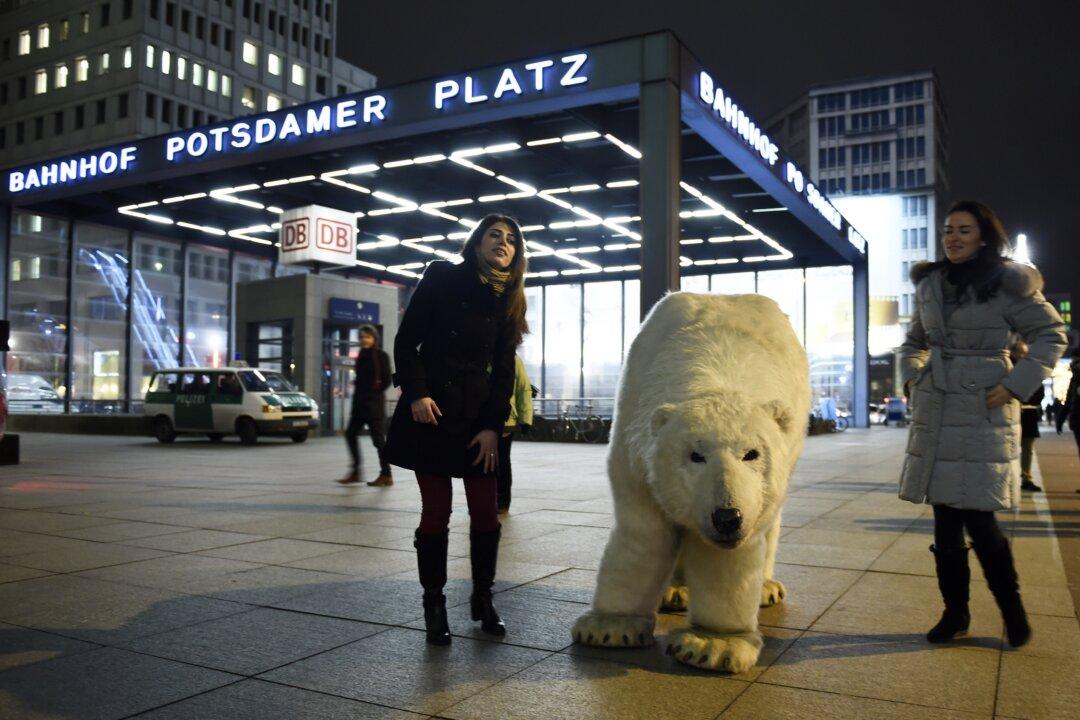With the election season in full swing, a number of sobering issues have entered the discussion, including taxes, race relations, and foreign policy. But California has taken the initiative to declare a new matter of public urgency: cow farts.
Last month, Gov. Jerry Brown signed SB 1383, a bill that targets bovine flatulence in the state’s fight against climate change. On the surface this vendetta against methane emissions from either end of a cow may seem like something published by The Onion, but ineffective and ludicrous regulations have become a harsh reality for agriculture, an industry that is constantly being painted as eco-unfriendly. Time and time again, animal rights groups and environmentalists claim that animal farms are a danger to the environment and must be regulated.
However, the claim of livestock being eco-unfriendly doesn’t pass the sniff test.
The EPA calculates and publishes the nation’s annual greenhouse gas inventory. In its latest report, all of agriculture in the U.S. accounts for only 9 percent of the emissions Animal agriculture—including tooting cows—is an even lower percentage.
Methane is produced by livestock due to their digestive system. And to deal with the issues of methane emissions, dairy farmers have already made great strides toward limiting their footprint. One way is by increasing efficiency.
According to a report by Judith L. Capper of Washington State University, farmers have achieved this by raising 64 percent fewer cows to produce more milk than they did in 1944. Increasing the productivity of their livestock has not only been good for farmers given reductions in maintenance costs, but it has been good for the environment as well, leading to a decrease in the carbon footprint per pound of milk produced by 41 percent over the last 70 years.
This strategy of focusing on increasing productivity has been supported by the EPA, which has stated that increased animal productivity can lead to a reduction in the amount of methane emitted per unit of animal product.
Another way farmers are attempting to curb methane emissions is by turning them into renewable energy. Farmers in Wisconsin are leading the way with this effort by trapping methane from manure decomposition and using it to produce renewable biogas. This has been achieved by installing biogas engines and anaerobic digesters on farms to not only limit methane emissions but turn them into energy, bedding, fertilizer, and heat for the farm.
But methane is not the only environmental issue farmers are condemned for. Another common myth about farmers is that they are wasteful with their water. A commonly misunderstood statistic is it takes 1,800 gallons of water to produce a pound of beef. This figure is published by anti-meat groups like PETA and the Humane Society of the U.S. that want fewer people eating burgers. But the Water Footprint Network reports that 94 percent of beef’s water use is rainwater that falls onto grass that cattle graze on.
Meanwhile, many farmers have made innovations on their own to deal with the increased reality of limited water supply. Farms such as Bob Durham’s, a small beef cattle operation in Texas, have developed ways to capture rainwater on their barns and store it via 5,000-gallon water storage tanks. Not only does the system conserve water, but it also filters the rainwater to provide clean water to cattle troughs using gravity-fed pipes. These advances in rainwater collection have been seen as a vital way to deal with limited water supply and have been used as examples to help educate the public on rain catchment and storage.
In the end bills like California’s may allow a few politicians to pat themselves on the back, but do little to actually clear the air about modern farming.
Will Coggin is research director for the Center for Consumer Freedom.



